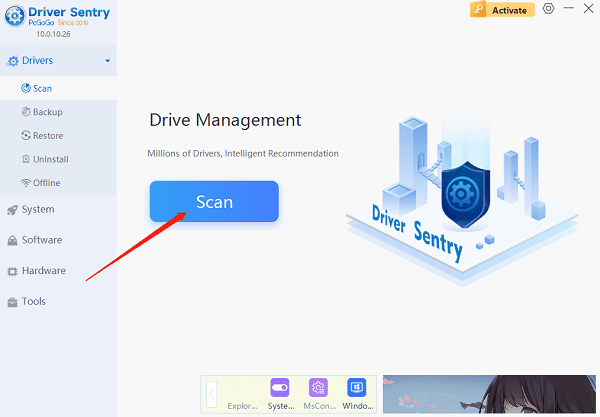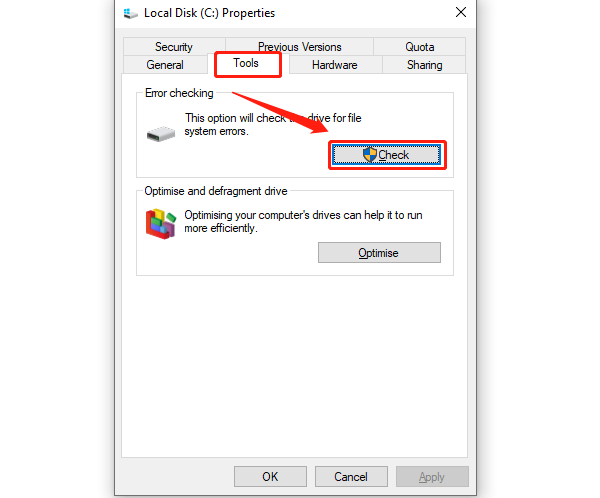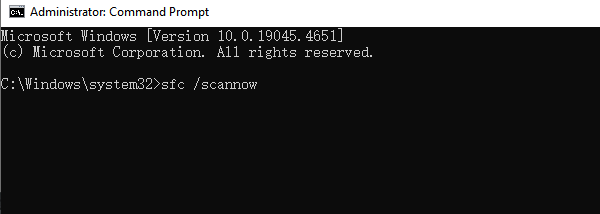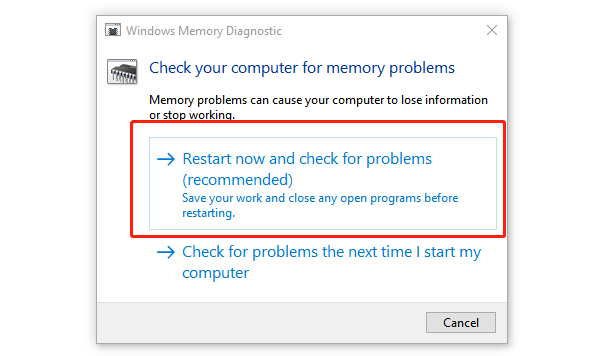
Windows 11 users may encounter blue screen errors, leading to system crashes, automatic restarts, or startup failures. This article provides several effective methods to help you fix this issue and improve system stability.
1. Update Device Drivers
Outdated or corrupted drivers are one of the most common causes of persistent blue screen errors in Windows 11. Keeping your device drivers up to date can effectively resolve this issue. It is recommended to use Driver Sentry to automatically detect and update drivers, saving time and reducing the risk of downloading or installing incorrect drivers.
Click the download button to get the latest version of Driver Sentry. After installation, open the software and click "Scan".

After scanning, a list of missing or outdated drivers will be displayed. Find the drivers that need updating and click the "Upgrade" button.
Once the update is complete, restart your computer to ensure the new drivers take effect properly.
2. Enter Safe Mode
Force restart the computer three times until the Windows Recovery Environment appears.
Select "Troubleshoot" > "Advanced options" > "Startup Settings".
Click "Restart", then press F4 to enter Safe Mode.
In Safe Mode, you can proceed with further troubleshooting steps.
3. Check for Disk Errors
Open File Explorer, right-click on the drive you want to check (e.g., C: drive), and select "Properties".
Go to the "Tools" tab.
Under the "Error checking" section, click "Check".

If the system detects any disk errors, it will prompt you to repair them. Click "Repair Drive" and follow the on-screen instructions to complete the process.
If no errors are found, close the window. If the issue persists, consider using the command-line tool to perform a deeper disk repair.
4. Run System File Checker
In the Windows search bar, type "Command Prompt", right-click it, and select "Run as administrato".
In the command window, type the following command and press Enter: sfc /scannow

The system will automatically scan and repair any corrupted system files. This process may take some time.
Once the scan is complete, a repair report will be displayed. If issues were found, Windows will attempt to fix them automatically.
Restart your computer and check if the blue screen issue is resolved.
5. Run Windows Memory Diagnostic
Press Win + R to open the Run dialog box, type "mdsched.exe", and press Enter.
In the pop-up window, click "Restart now and check for problems (recommend)". The computer will automatically restart and begin memory diagnostics.

Windows will conduct a comprehensive memory scan and display the results after the test is complete.
If memory errors are detected, the system will prompt you to replace the faulty RAM.
Depending on the results, if no issues are found, proceed with other troubleshooting steps. If memory errors are detected, consider replacing the defective RAM module.
6. Uninstall Recent Windows Updates
Press Win + I to open "Settings", then go to "Windows Update".
Click "Update history" > "Uninstall updates".
Find the most recently installed update, select it, and click "Uninstall".
Restart your computer and check if the blue screen issue is resolved.
By following these methods, you can systematically diagnose and fix Windows 11 blue screen issues. If none of the solutions work, consider reinstalling Windows 11 or replacing faulty hardware to restore system stability.
See also:
Solutions to Fix the Windows 11 Unidentified Network Issue
Solutions to Fix WiFi Connected but No Internet Issue